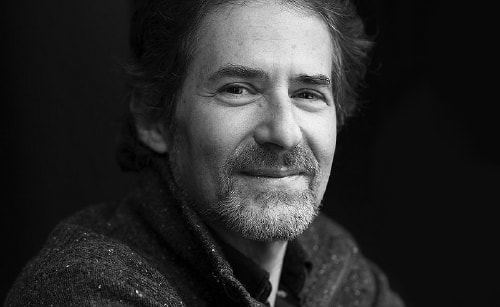| Fecha | Área | Bruto |
|---|---|---|
| 13 June 1996 | USA | USD 75,609,945 |
| USA | USD 75,600,000 | |
| 19 November 1995 | UK | GBP 10,812,243 |
| 12 September 1995 | UK | GBP 3,342,433 |
| UK | USD 16,679,000 | |
| 31 May 2012 | Worldwide | USD 210,409,945 |
| 10 July 2003 | Spain | EUR 6,878,567 |
| Spain | ESP 1,136,000,000 |
| Fecha | Área | Bruto | Pantalla |
|---|---|---|---|
| 31 July 2012 | USA | USD 9,938,276 |
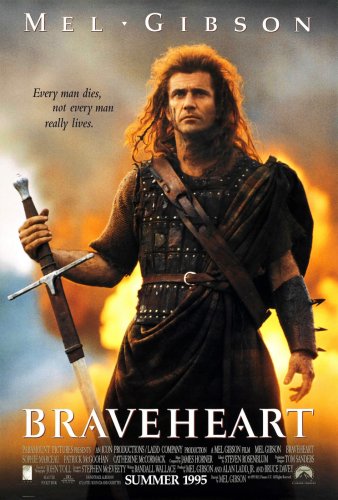



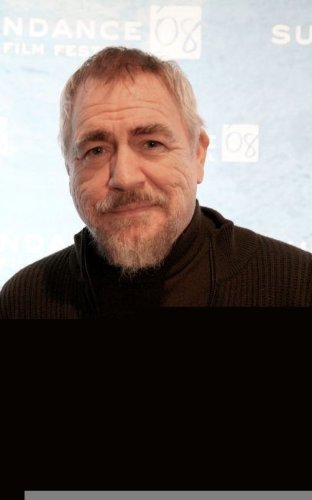

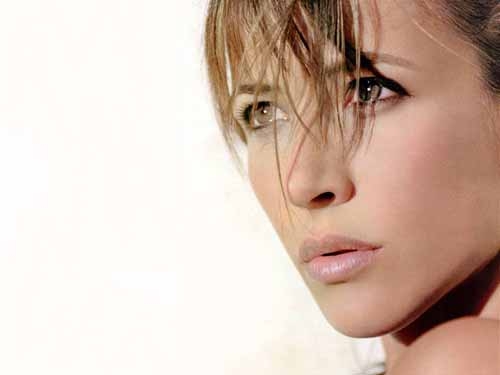


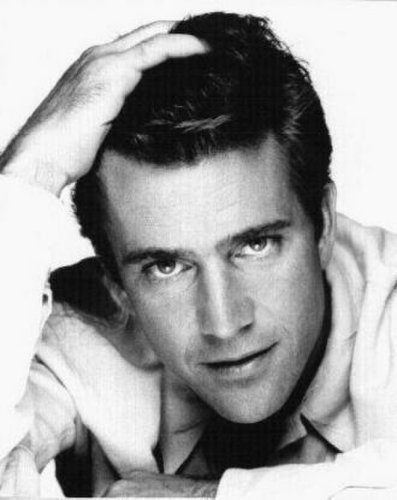




.jpg)
